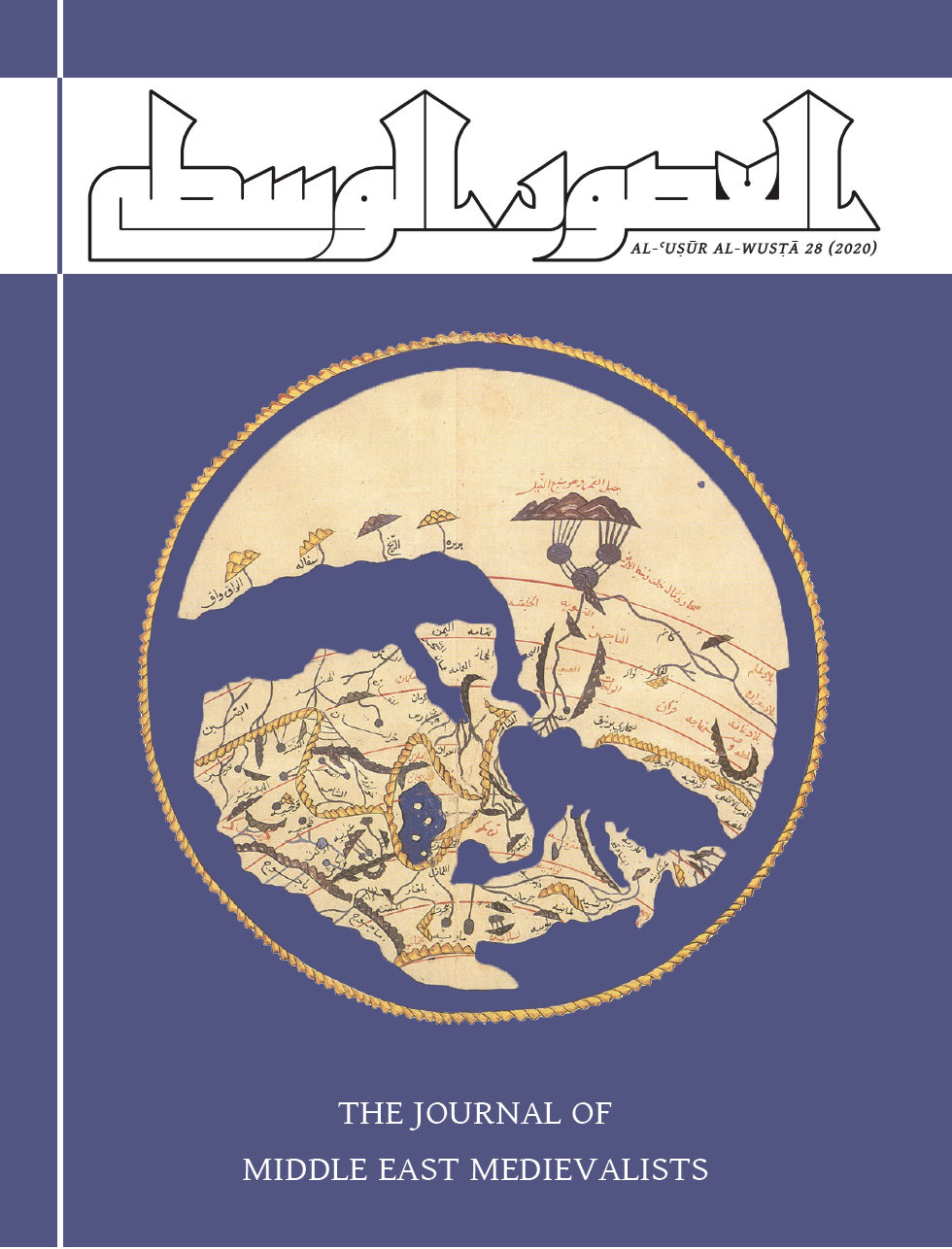Abstract
People identified as Persians constituted one of the most prominent groups of nonlocal inhabitants in Mamluk Egypt, and earlier scholarship has paid considerable attention to Egyptian-Persian relations. Nevertheless, the determining factors that made someone Persian in Mamluk Egyptian contexts remain poorly understood. Accounts of the majālis, or learned salons, convened by the penultimate Mamluk Sultan Qāniṣawh al-Ghawrī (r. 906–922/1501–1516) offer a unique opportunity to examine which factors, agents, and motivations were decisive in the construction of what it meant to be Persian during the late Mamluk period. An examination of these sources demonstrates that language, cultural capital, and region of origin were the most important
elements in the process of Persian identity construction at al-Ghawrī’s court.
The key actors in this process were persons who identified themselves as Persians and sought to make strategic use of the benefits their identity could entail within the patronage context of al-Ghawrī’s court. In contrast to what is known about other ethnic identities within the Mamluk Sultanate, neither persons who identified as Persians nor their local interlocutors considered ancestry a defining factor of being Persian.

This work is licensed under a Creative Commons Attribution-NonCommercial-NoDerivatives 4.0 International License.
Copyright (c) 2021 Christian Mauder

